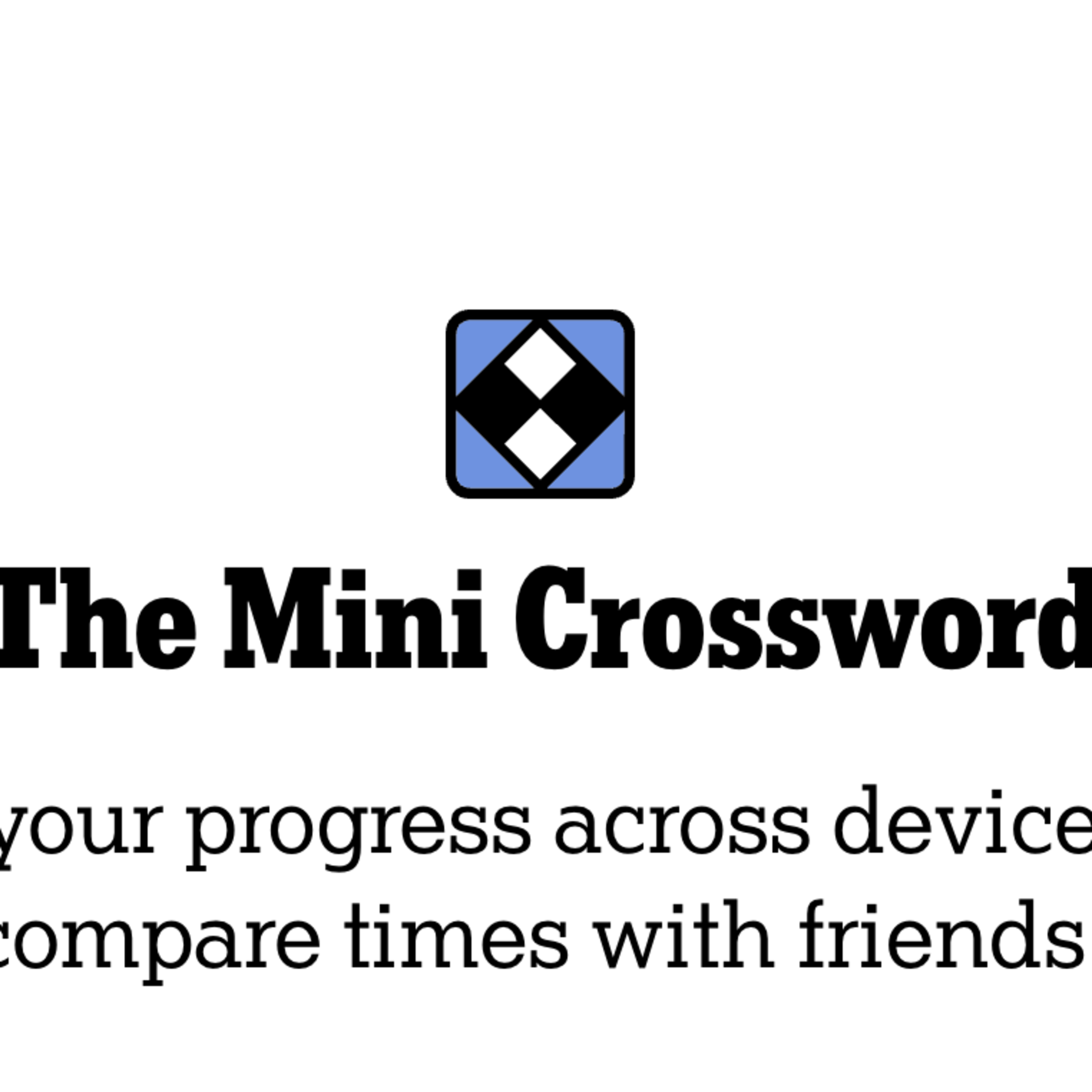Love Monster: Building Resilience And Self-Esteem

Table of Contents
Understanding the "Love Monster": Identifying and Naming Your Emotions
The first step in taming your inner Love Monster is understanding what it's feeling. This involves identifying and naming your emotions, a crucial element of emotional intelligence. Knowing what triggers your emotional responses and learning to label those feelings accurately is the foundation of emotional resilience.
Recognizing Emotional Triggers
Many things can trigger intense emotions. Identifying your personal triggers is the first step towards building emotional resilience. These triggers can vary greatly between individuals.
- Stressful Situations: Exams, deadlines, arguments, and unexpected changes can all trigger strong emotional responses, from anxiety to anger.
- Criticism: Negative feedback, whether constructive or harsh, can impact self-esteem and trigger feelings of sadness, inadequacy, or defensiveness.
- Social Interactions: Social situations, particularly those involving conflict or rejection, can lead to feelings of isolation, anxiety, or hurt.
These triggers manifest differently in each person. Some might experience physical symptoms like headaches or stomach aches, while others might withdraw or become irritable.
To identify your personal triggers, try these techniques:
- Journaling: Regularly writing down your emotions and the situations that precede them can help you identify patterns.
- Mindfulness Exercises: Practicing mindfulness helps you become more aware of your emotions in real-time, allowing you to observe them without judgment.
- Self-Reflection: Taking time for quiet contemplation to analyze your emotional responses to different situations can offer valuable insights.
Labeling Emotions
Once you've identified your triggers, the next step is to accurately name your feelings. Putting a label on an emotion helps you process and manage it more effectively. Instead of feeling just "bad," try identifying specific emotions like "sad," "angry," "frustrated," or "scared."
- Common Emotions: Anger, sadness, fear, joy, excitement, surprise, disgust, shame, guilt.
- Physical Manifestations: Rapid heartbeat (fear/anxiety), clenched jaw (anger), tightness in the chest (sadness).
Tools like emotion charts or wheels can be incredibly helpful in learning to identify and name a wider range of emotions. Expanding your emotional vocabulary enhances your ability to communicate your needs and understand others better.
Taming the "Love Monster": Developing Coping Mechanisms
Now that you're better at recognizing and labeling your emotions, let's focus on developing healthy coping mechanisms to manage them effectively. Building resilience is about learning to navigate challenges and bounce back stronger.
Building Resilience through Positive Self-Talk
Negative self-talk can significantly impact your self-esteem and emotional well-being. Learn to reframe negative thoughts and replace them with positive affirmations.
- Positive Self-Talk Techniques: Instead of "I'm a failure," try "I made a mistake, but I can learn from it." Instead of "I'm not good enough," try "I am capable and have many strengths."
- Practical Exercises: Write down your negative thoughts and then rewrite them in a more positive and realistic way. Practice saying positive affirmations to yourself daily.
Self-compassion is crucial. Acknowledge your imperfections without judgment. Remember that everyone makes mistakes, and it's okay to not be perfect.
Developing Healthy Coping Strategies
Different strategies work for different people. Experiment to find what works best for you.
- Deep Breathing Exercises: Slow, deep breaths can calm your nervous system and reduce anxiety.
- Physical Activity: Exercise releases endorphins, which have mood-boosting effects.
- Creative Expression: Art, music, writing, and other creative outlets provide healthy ways to process emotions.
- Spending Time in Nature: Connecting with nature can be incredibly calming and restorative.
- Seeking Support: Talking to a trusted friend, family member, or therapist can provide valuable emotional support.
Nurturing the "Love Monster": Cultivating Self-Esteem
Building self-esteem is an ongoing process. It requires nurturing your inner "Love Monster" with self-compassion and positive reinforcement.
Setting Realistic Goals and Celebrating Achievements
Setting achievable goals and rewarding yourself for accomplishments, no matter how small, builds confidence and boosts self-esteem.
- Goal Setting and Reward Systems: Use visual aids like charts or reward jars to track progress and celebrate successes.
- Positive Reinforcement: Acknowledge your accomplishments and reward yourself for your efforts.
Practicing Self-Care and Self-Compassion
Prioritizing self-care is essential for maintaining emotional well-being and building self-esteem.
- Self-Care Activities: Adequate sleep, healthy eating, engaging in hobbies, and practicing relaxation techniques like meditation or yoga.
- Self-Compassion: Treat yourself with the same kindness and understanding you would offer a friend.
Conclusion
Taming your inner "Love Monster" is a journey, not a destination. By understanding your emotions, developing healthy coping mechanisms, and nurturing your self-esteem, you can build resilience and improve your emotional well-being. Remember, learning to manage your emotions doesn't mean eliminating them; it means learning to navigate them effectively. Embrace the process of becoming your own "Love Monster" tamer. Continue practicing these techniques to build lasting resilience and self-esteem. For further resources on emotional intelligence and resilience, explore books, websites, and apps dedicated to building emotional well-being for children and adults. Start your journey towards a stronger, more resilient you today!

Featured Posts
-
 Finding The Nyt Mini Crossword Answers For March 13 2025
May 21, 2025
Finding The Nyt Mini Crossword Answers For March 13 2025
May 21, 2025 -
 The Goldbergs Exploring The Characters And Their Enduring Appeal
May 21, 2025
The Goldbergs Exploring The Characters And Their Enduring Appeal
May 21, 2025 -
 Geen Stijl En Abn Amro Tegenstrijdige Visies Op De Nederlandse Woningmarkt
May 21, 2025
Geen Stijl En Abn Amro Tegenstrijdige Visies Op De Nederlandse Woningmarkt
May 21, 2025 -
 Abn Amro Opslag Alternatieven Voor Online Betalingen
May 21, 2025
Abn Amro Opslag Alternatieven Voor Online Betalingen
May 21, 2025 -
 Fans Discover Peppa Pigs Real Name Ahead Of New Siblings Arrival
May 21, 2025
Fans Discover Peppa Pigs Real Name Ahead Of New Siblings Arrival
May 21, 2025
